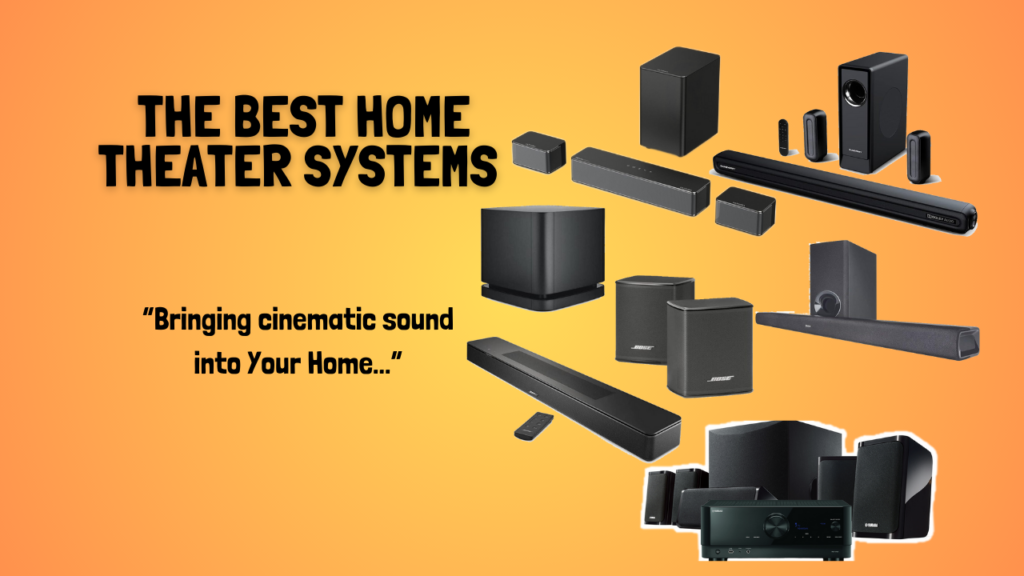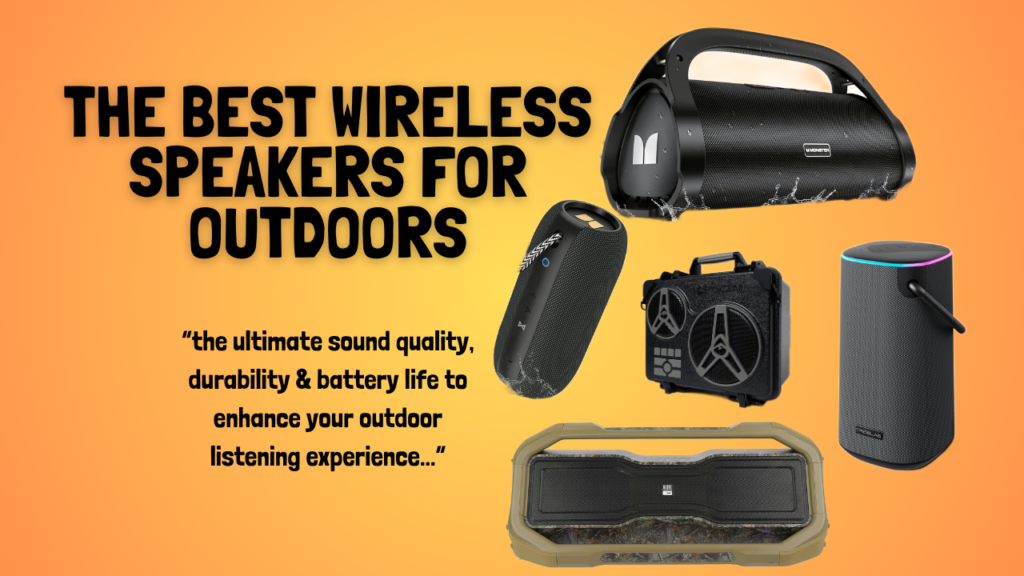External hard drives are available in a number of shapes and sizes, and they are designed for a variety of uses. They all provide additional backup storage and may be easily moved from one device to another. But, aside from that, the list of reasons why an external hard drive should be in everyone’s tech arsenal is infinite. If you’re a little clueless on where to start or find certain unfamiliar terms a little confusing or overwhelming, we’re here to help you out. With that in mind, here’s our external hard drive buying guide in 2021 for you.
Check Out Our Top Recommendations For The Best External Hard Drives For 2021 Here.
Why Should You Get An External Hard Drive?
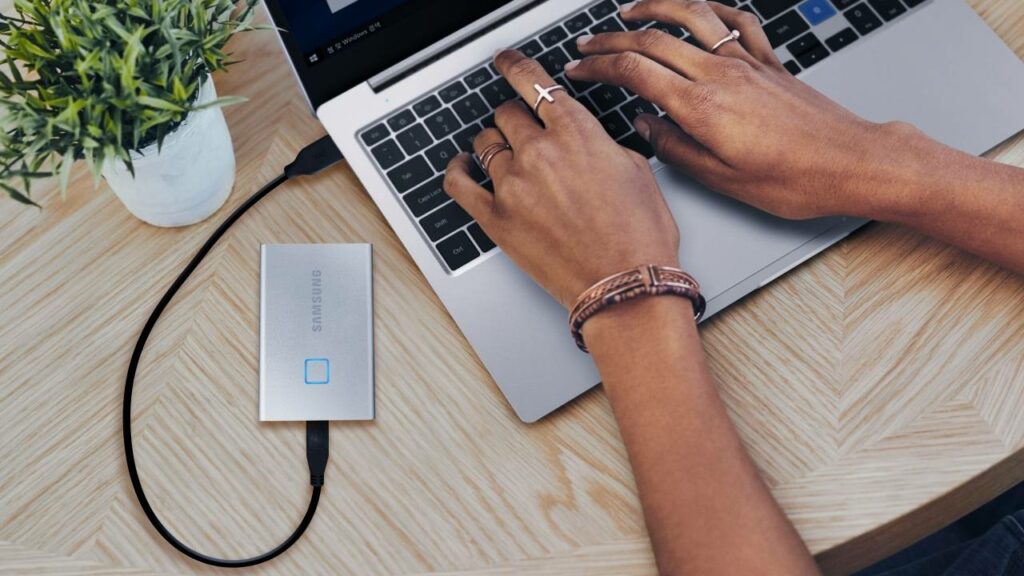
There’s practically nothing more aggravating than discovering that you don’t have enough storage space on your computer to keep your most recent files. External hard drives can be a great solution to this problem, as well as a secure backup source for your most crucial and important pieces of information and data.
External hard drives may appear less important now that we live in an era where 50GB of iCloud storage costs only 99 cents per month and compact external SSDs are becoming more affordable. However, external hard drives are still pretty useful and don’t seem to show any signs of becoming obsolete in the market. In fact, external hard drives have been evolving and advancing in terms of quality recently.
Moreover, more manufacturers are creating external drives that are far faster, modern, and durable than their outdated counterparts from a few years ago. There will be no more slow, cumbersome external drives like what we used to have in previous years. Almost every external hard drive currently uses the USB 3.0 standard, which allows for far faster reading and writing speeds than older USB 2.0 devices.
Not to mention, some versions additionally support the faster USB 3.1 and 3.2 standards, while there are also those that support the lightning-fast Thunderbolt 3. For the same price, external hard drives are also getting bigger and offering larger storage space. What’s even better, for about $50, you can easily add a terabyte of additional storage to your laptop or desktop by simply plugging in a USB cable.
Things You Need To Know
Now that we have discussed the importance of an external hard drive in your personal tech arsenal, here are some important things you should keep in mind once you’re shopping for your external drive.
HDDs vs. SSDs
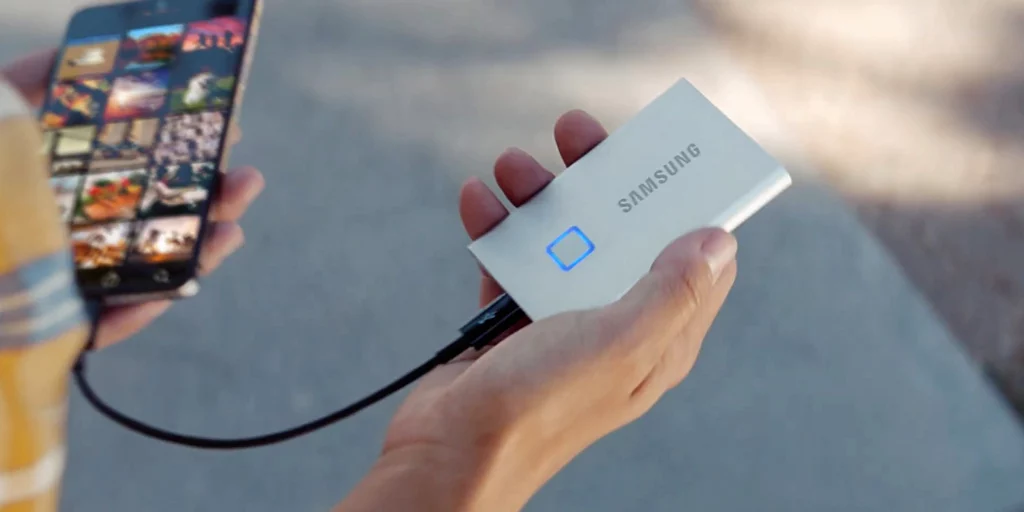
When shopping for external drives, you’ll most likely come across these two types of drives: SDDs and HDDs. It’s crucial to know which is which as both devices have different specifications. But what’s the difference between the two? And which one should you get? Well, honestly that depends on what you need and your requirements. So to help things make it easier for you, I’ll be explaining the two below.
HDD
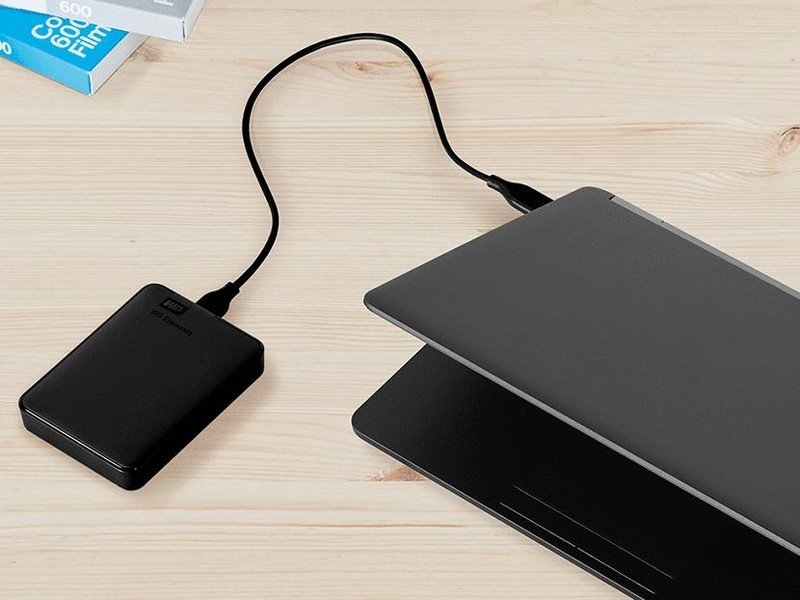
A hard disk drive consists of one or more magnetically sensitive platters, an actuator arm with a read/write head for each platter, and a motor to spin the platters and move the arms. There’s also a firmware and I/O controller that connects with the rest of the system and tells the hardware what to do.
Each disk is broken down into tracks that resemble concentric rings. These tracks are also divided into sectors, which are logical units. Each track and sector number is assigned a unique address that can be used to organize and locate data. The identical information is written to the nearest storage location. An algorithm processes the data before it is written, allowing the firmware to discover and correct problems.
HDDs are referred to be legacy technology because they have been around longer than SSDs. They are less expensive in general and are ideal for data that isn’t accessed regularly, such as backups of images, videos, or business files.
Check Out Our Review Of The WD My Book Duo External Hard Drive Here If You’re Looking For An HDD.
SDD
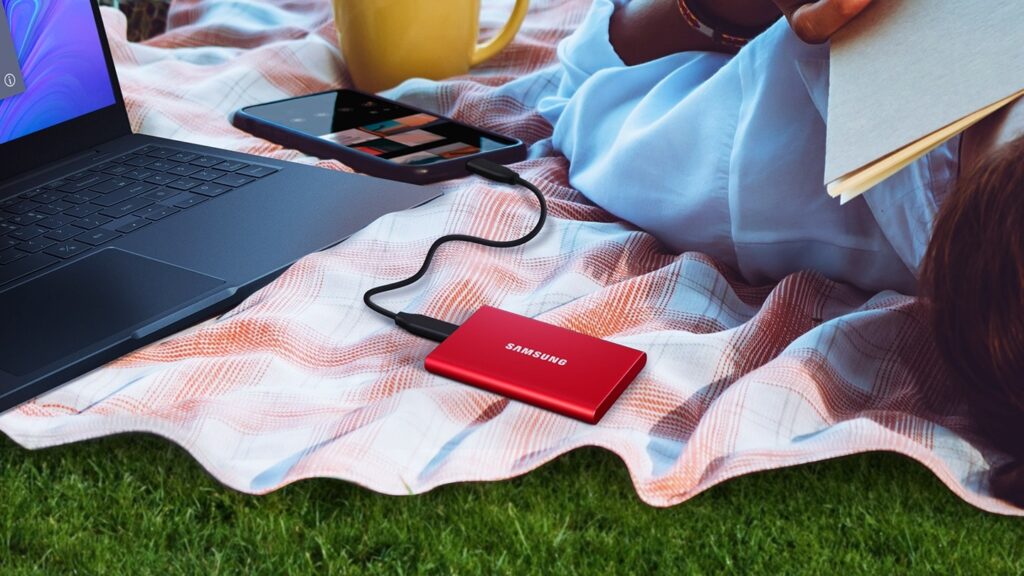
Meanwhile, SSDs (solid-state drives) have fewer moving components than traditional hard drives and offer the fastest data access. An SSD saves data using a collection of flash cells similar to those found in a computer’s RAM, as opposed to a typical disk-based hard drive, which stores data on a spinning platter or platters accessible by a moving magnetic head.
Because SSDs include so many small moving parts, such as magnetic heads, spindles, and spinning platters, something can go wrong and cause you to lose important data.
Despite that, SSDs are becoming increasingly popular due to their speed. SSDs outperform HDDs across the board because they rely on electrical circuitry rather than physical mechanical parts. This results in faster startup times and fewer delays while opening apps or performing intensive computing operations.
Which Is Better?
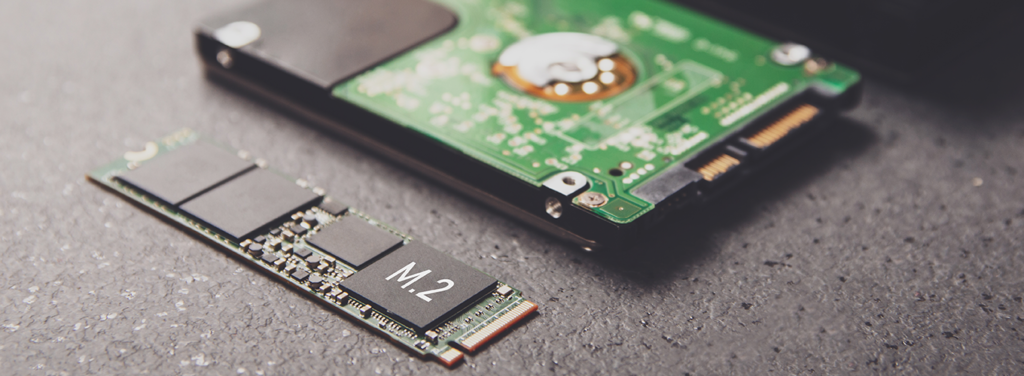
To put it simply, HDDs outperform SSDs in terms of cost per capacity, although as SSD prices fall, this will become less of a distinction for HDDs. However, SSDs allow you to accomplish far more work per server due to their speed, requiring fewer machines to provide the same output as an HDD.
Overall, comparing capacity and pricing isn’t the only factor to consider when selecting the type of storage to go for. The sort of storage your computer utilizes has an impact on its performance, as well as its power consumption and dependability. But it’s up to you to decide which is better suited for your lifestyle or line of work.
Storage Capacity
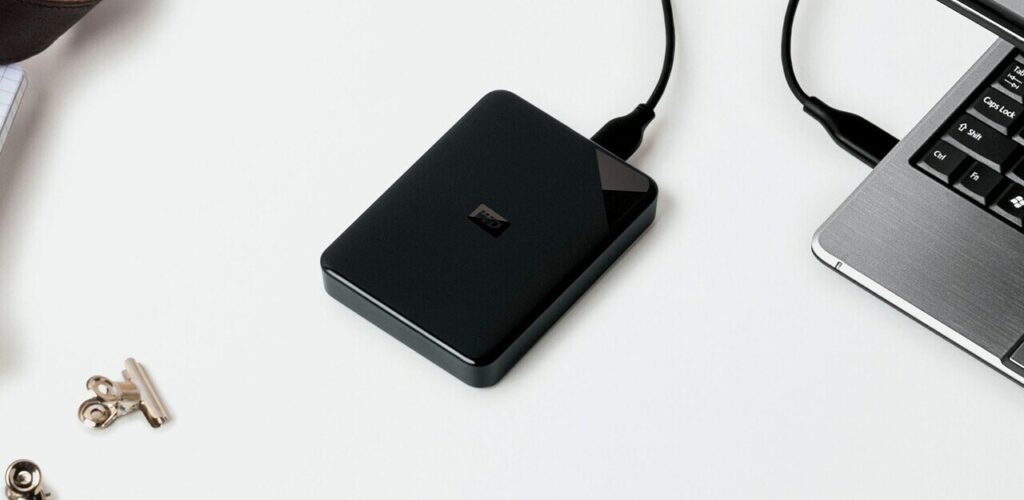
When buying an external hard drive, storage space is likely the most crucial factor to consider. If your device can’t store all of your data, it’s worthless to invest in a high-speed gadget with all of the modern and advanced capabilities like encryption and remote access.
At the same time, you don’t want to pay too much for a drive that you won’t even use half of. So, how much storage space should an external hard disk have? That is entirely up to what you intend to put on your external hard drive.
If you mostly need to move papers, photographs, or other documents from one device to another, a mid-range external hard drive may be ideal for you.
While the best of these mid-range external hard drives may contain up to 2TB of data, they can be very pricey and unnecessary for simple transfers like the ones mentioned above. Instead, I would strongly advise you to save your money and purchase a $50 external hard drive with 500 GB to 1 TB of storage. For a little more, you can get disks with twice the storage capacity, as well as fantastic bundle discounts.
If you want to store a lot more data or keep files and folders for a longer amount of time, you’ll need something more substantial. If that’s the case, a 1TB external drive should be plenty for the vast majority of people, unless you plan to save your complete movie collection as well as your favorite TV episodes. Then perhaps, you could avail yourself of a few more terabytes.
If You’re Ready To Buy An External Drive, Check Out Our Top Picks For You This 2021.
Speed

The speed with which data is transported is crucial when choosing an external disk. If you transfer data frequently, you don’t want to have to wait an eternity for a single file transfer to complete.
Keeping this in mind, the underlying storage technology as well as the connector your drive uses have an impact on how quickly it can transmit files. SSDs can process data faster than HDDs in general, despite the fact that some drives are faster than others.
Portable SSDs, on the other hand, are frequently more expensive and have less storage space than external HDDs. Because SSDs with larger storage capacities are available for a higher price, you don’t need one or the other. Which concessions you’re willing to make is entirely up to you.
When it comes to connecting your external drive to your PC, laptop, or mobile device, there are a variety of common options to select from. Despite the fact that most drives now have a USB interface, the most recent models have a few noteworthy differences, especially in terms of transfer speed.
Interface

Although most external hard drives currently use USB or, in rare cases, Thunderbolt, these connection formats are continually changing. Some instances of these connection types can be found below.
Avoid USB 2.0 at all costs, as it has a maximum transfer speed of only 480Mbps and is already rather obsolete.
Instead, try to look for external drives that use USB 3.0, USB 3.1 Gen1, and USB 3.2 Gen1. All three, though, are nearly identical, with up to 5Gbps speeds and blue color-coding. In the meanwhile, USB 3.1 Gen2 and USB 3.2 Gen2 have the same red color coding and 10Gbps transfer speeds.
The USB 3.2 or 3.2 2×2 standards are the fastest of the lot, with speeds of up to 20 Gbps. USB-C is a newer, smaller, and more rounded reversible connector. This port is also linked to the DisplayPort visual output protocol. Some connectors have USB-C ports, but they use the Thunderbolt 3 protocol, which has a data transfer rate of up to 40 Gbps.
With that said, you should aim for a Thunderbolt 3 connection. If it’s too expensive, you can always continue down the line, but never anything below USB 3.1.
Security
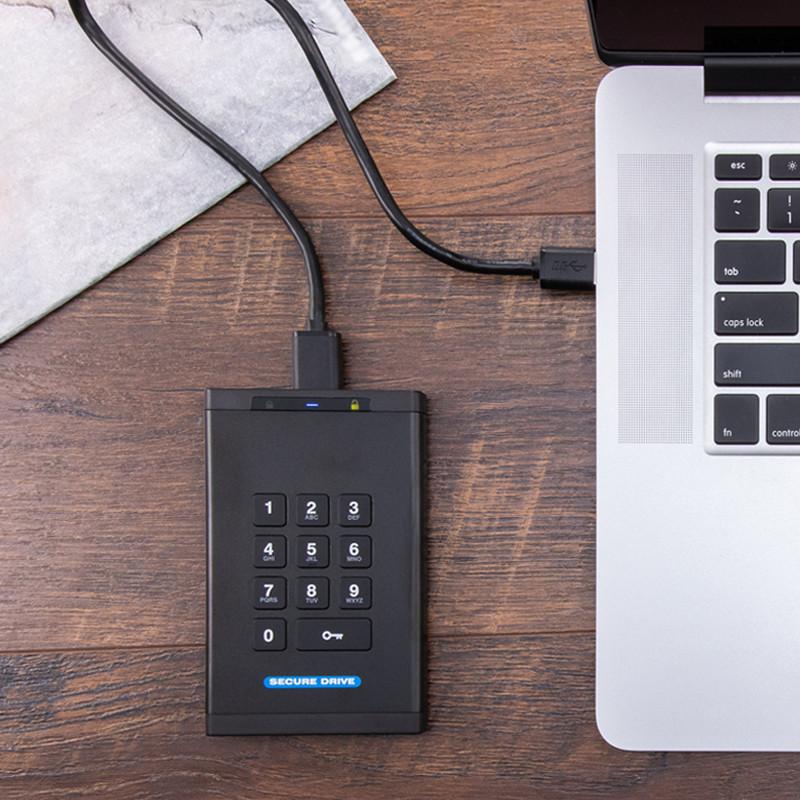
Encryption is a good idea if the data on your external drive is sensitive in any manner. Many drives are compatible with software encryption options, which are sufficient for the vast majority of users.
If you’re someone who is more concerned about data security, I suggest looking for a disk with hardware encryption. But if you’re particularly concerned about security, you may even go with a physical security system that includes pin code inputs or drives with strong casings to prevent any kind of physical tamperings.
Conclusion

Now that we have reached the final part of our external hard drive buying guide, I hope I was able to help you in figuring out what to look for in your next external drive purchase. As long as you keep these tips in mind, you should have no problems finding exactly what you need.
Have you already bought your own external hard drive? Did our external hard drive buying guide help you out? Let me know in the comments section below if you have any suggestions to share, insights, or questions to ask. I would love to hear all your thoughts!
Recommended reading for you:
- Best External Hard Drives For 2021: Hard Disks To Make Your Digital Life Easier
- LG OLED C1 Review: The Best 4K TV For Gaming?
- Samsung QN90A Review: Better Than OLED TVs?
- Best Android Tablets For Gaming In 2021: Our Top Picks
- Apple iPad 8th Gen Review: A Great Value, Kid-Friendly Tablet
- Android Tablets Buying Guide 2021: What You Need To Consider
- Samsung Galaxy Tab S7 Plus Review: The Best Android Tablet?
- The Best Headphones For Gaming In 2021
- Best 4k Gaming Monitors 2021: The Sharpest & Brightest Displays
- The Asus ROG Strix XG27UQ Review: Immerse Yourself In The Latest AAA Games With The Best 4k Gaming Monitor
- The LG 27GN950-B Review: Watch Your Games Come Alive On 4k
- How To Buy The Best 4k Gaming Monitors 2021
- Best Gaming Desks 2021: Reign Supreme In Comfort & Style
- Best Computer Gaming Chairs For Adults 2021: For Next Level Gaming!
- WD My Book Duo Review: The Best External Hard Drive?
- SanDisk Extreme Pro Portable SSD Review: Excellent Speed & Portability
- 4K TV Buying Guide For Gaming: Bigger Displays & Better Response Time
- The Best Tablets For Kids In 2021: Parent-Approved & Kid-Friendly!
- How To Choose The Best Tablet For Your Kids 2021
- The Amazon Fire HD 10 Kids Pro Review: A 2021 Review On The Best Tablet For Your Child
- Microsoft Surface Pro 7 Review: The Complete Package?
- SteelSeries Arctis Pro Review: The Best Gaming Headset For Audiophiles
- Razer BlackShark V2 Pro Review: The Best Wireless Gaming Headset?
- Best Computer Gaming Chairs For Adults 2021: For Next Level Gaming!
- Cougar Argo Gaming Chair Review: Is It The Next Best Thing?
- The Cougar Mars 120 Gaming Desk Review: Your Superior Gaming Desk With LED Lights
- The Arozzi Arena Gaming Desk Review: Go Big Or Go Home With Your Gaming Setup












